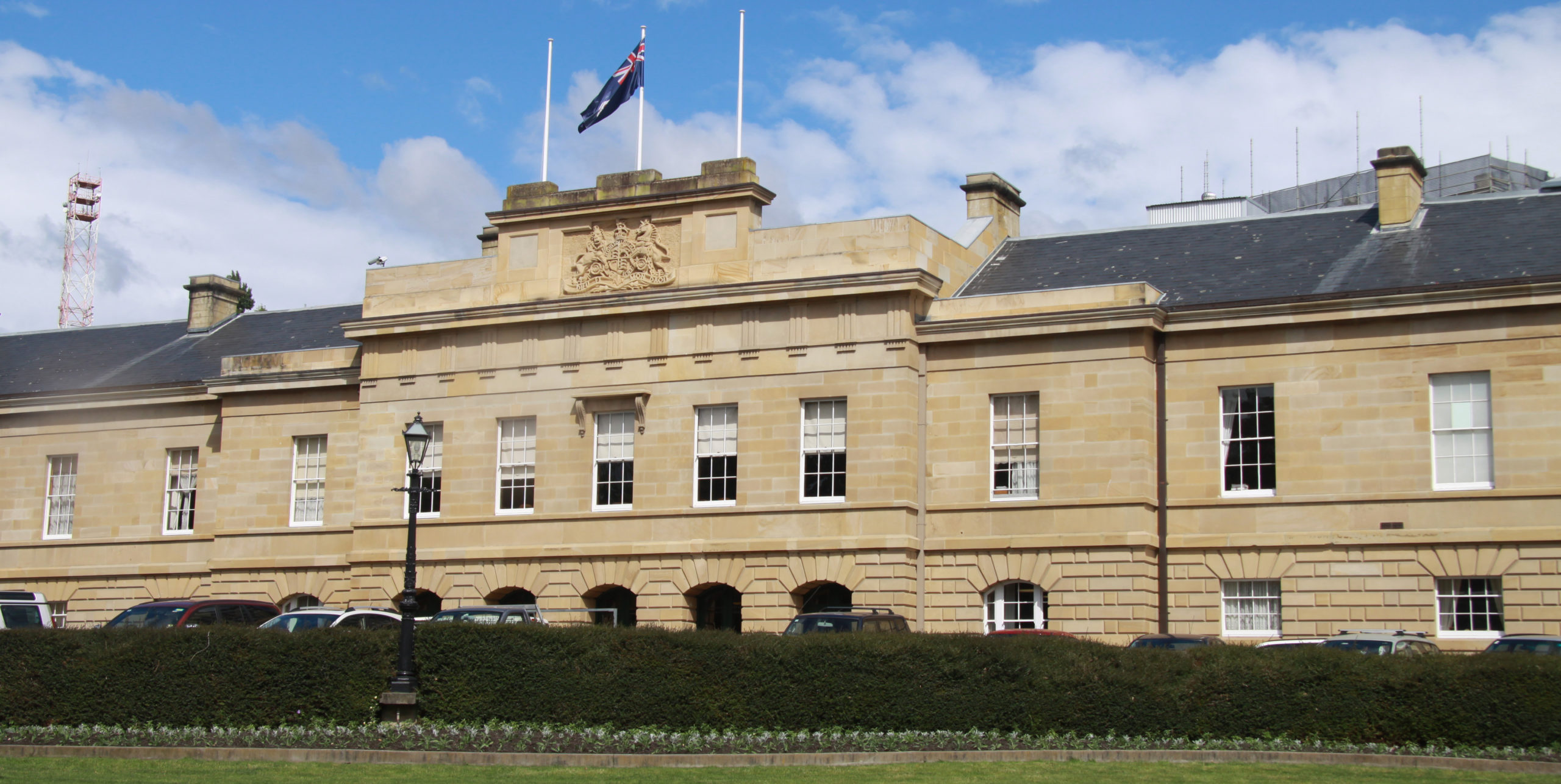The innovative urban heat project will help adapt our urban centres for more comfortable living.
A new national urban heat observatory will make our cities more liveable, sustainable and climate resilient.
The National Heat Vulnerability Observatory (NaHVO) at UNSW will report and measure the heat vulnerability and cooling potential of Australia’s urban centres.
The climate crisis is changing our cities and we must adapt the way we live, says Associate Professor Lan Ding from UNSW’s School of Built Environment.
“Urban heat is a major challenge for the future of Australian cities. Understanding its impact and developing appropriate intervention strategies is a critical and urgent task,” says the expert in sustainable cities, energy efficiency and environmental analysis.
The decade from 2010 to 2019 was our warmest on record. In January 2020, Western Sydney reached 48.9°C (half-way to boiling point) with Sydney and Melbourne set to face 50°C+ summer days in the near future. Rising temperatures particularly affect cities due to the urban heat island effect – the increased temperature of high-density urban areas compared with surrounding suburban or rural areas.
Urban heat is a major challenge for the future of Australian cities. Understanding its impact and developing appropriate intervention strategies is a critical and urgent task, says A/Prof. Ding.
“This causes increased deaths and emergency admissions from heat waves, increased energy and water consumption, and equity issues for vulnerable populations,” she says. “We need evidence-driven strategies to support smarter cities that improve the quality of life for communities across regional and metropolitan Australia.”
The National Heat Vulnerability Observatory (NaHVO) is a partnership between the NSW Department of Planning and Environment and UNSW’s High Performance Architecture team, led by A/Prof. Ding. The project’s advisory committee includes representatives from government, industry and academia.
The NaHVO will develop rigorous national datasets and an innovative, robust and consistent methodology to help cool our cities. It uses analytical modelling to allow cities and precincts to explore what-if scenarios for different mitigation and adaptation interventions.
Two pilot projects in the regional cities of Maitland and Dubbo, funded by the Smart Places Acceleration Program, are expected to be followed by a national expansion integrated with developing its digital capability for it to be scaled nationally. The NaHVO will integrate with the NSW Spatial Digital Twin and other urban networks and government data platforms for cumulative impact.
The observatory will build city- and town-specific datasets for heat vulnerability to allow local government to tailor their heat mitigation programs for their specific local contexts.
“At a state and national level, this will enable the monitoring of heat vulnerability and cooling trends across Australia, contributing significant public benefit,” A/Prof. Ding says.
This will help prioritise effective heat vulnerability investments and measure the impact of policies and investments over time. It will assist urban planners, developers and architects in designing local urban and building mitigation interventions.






